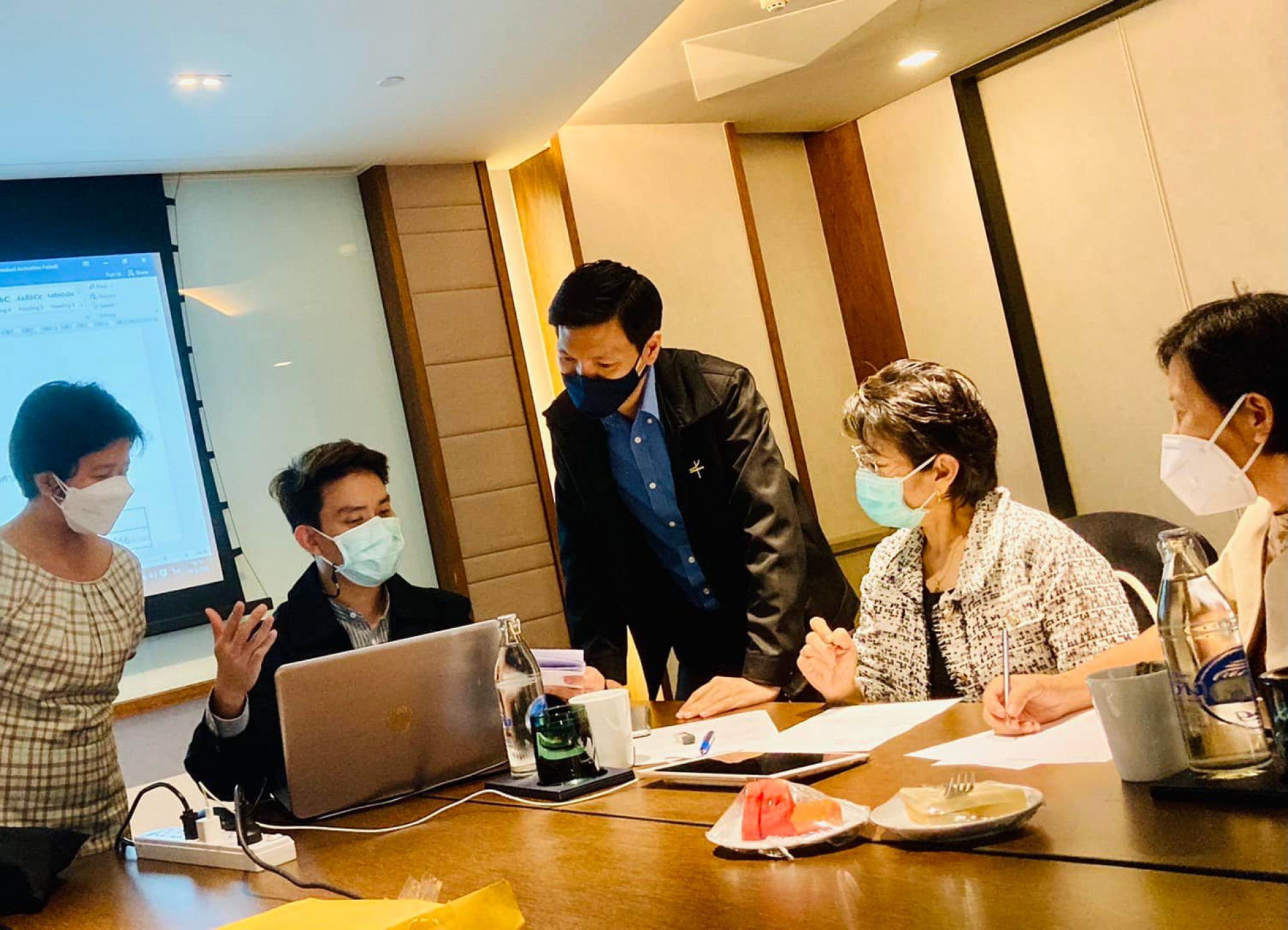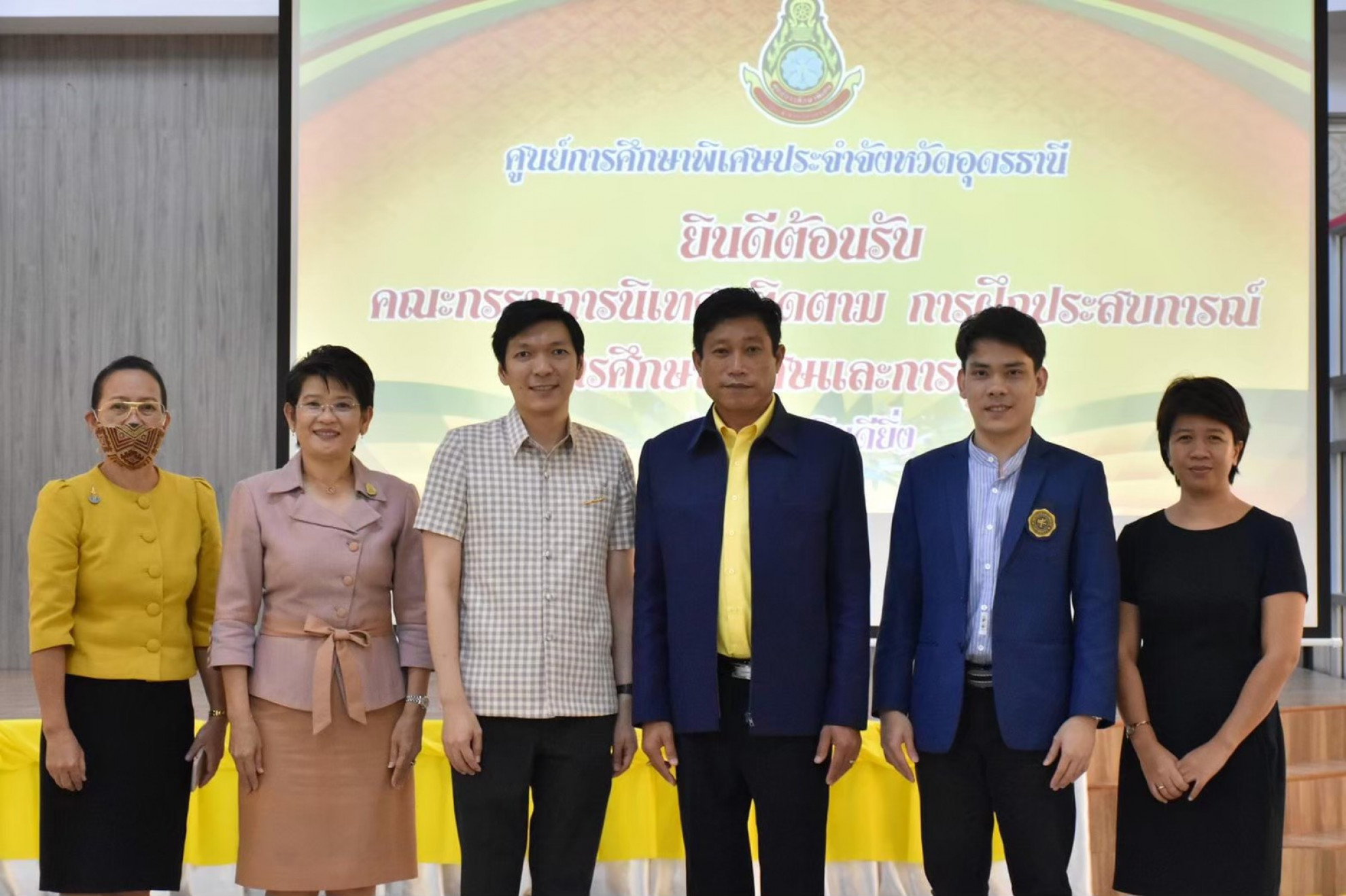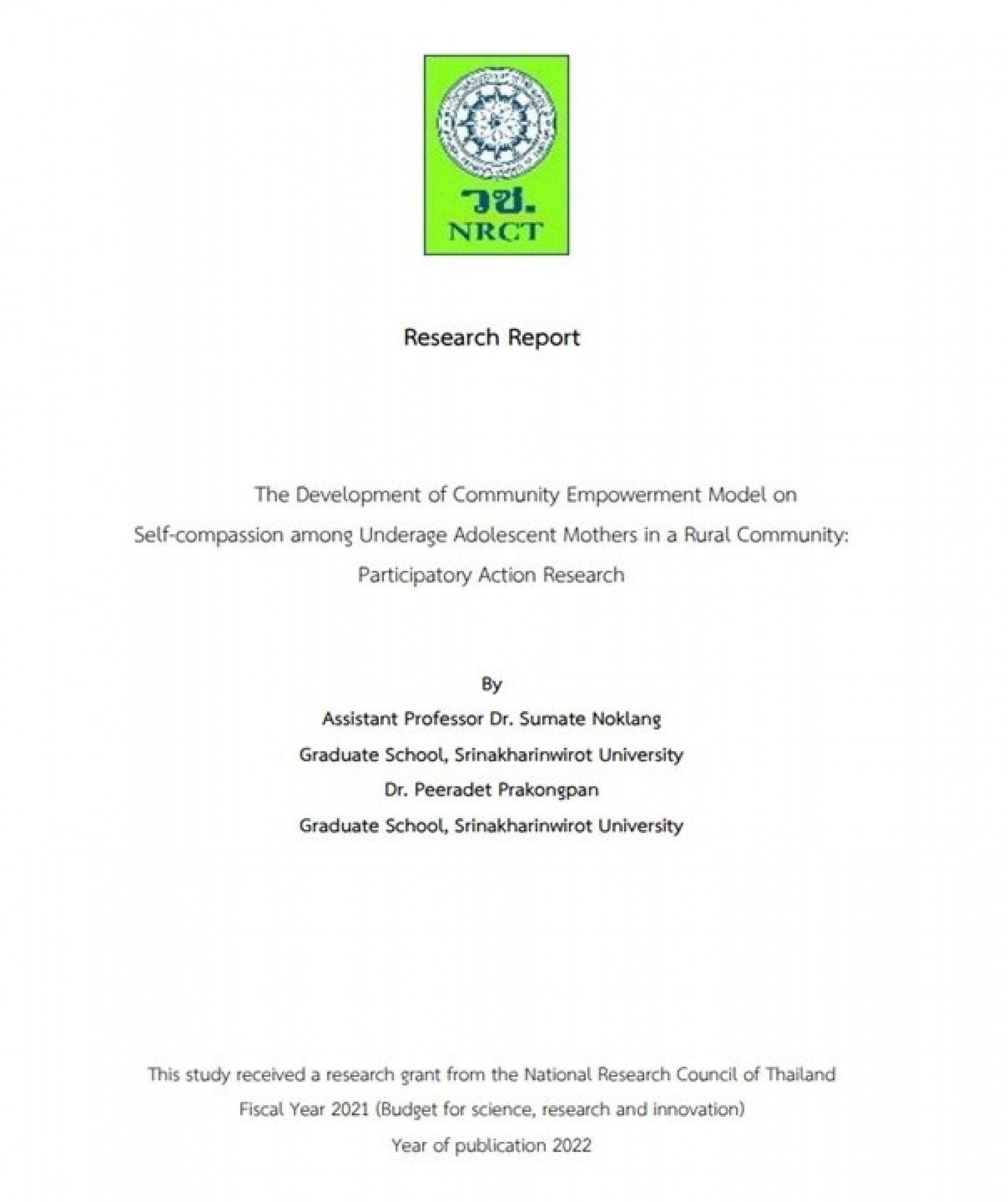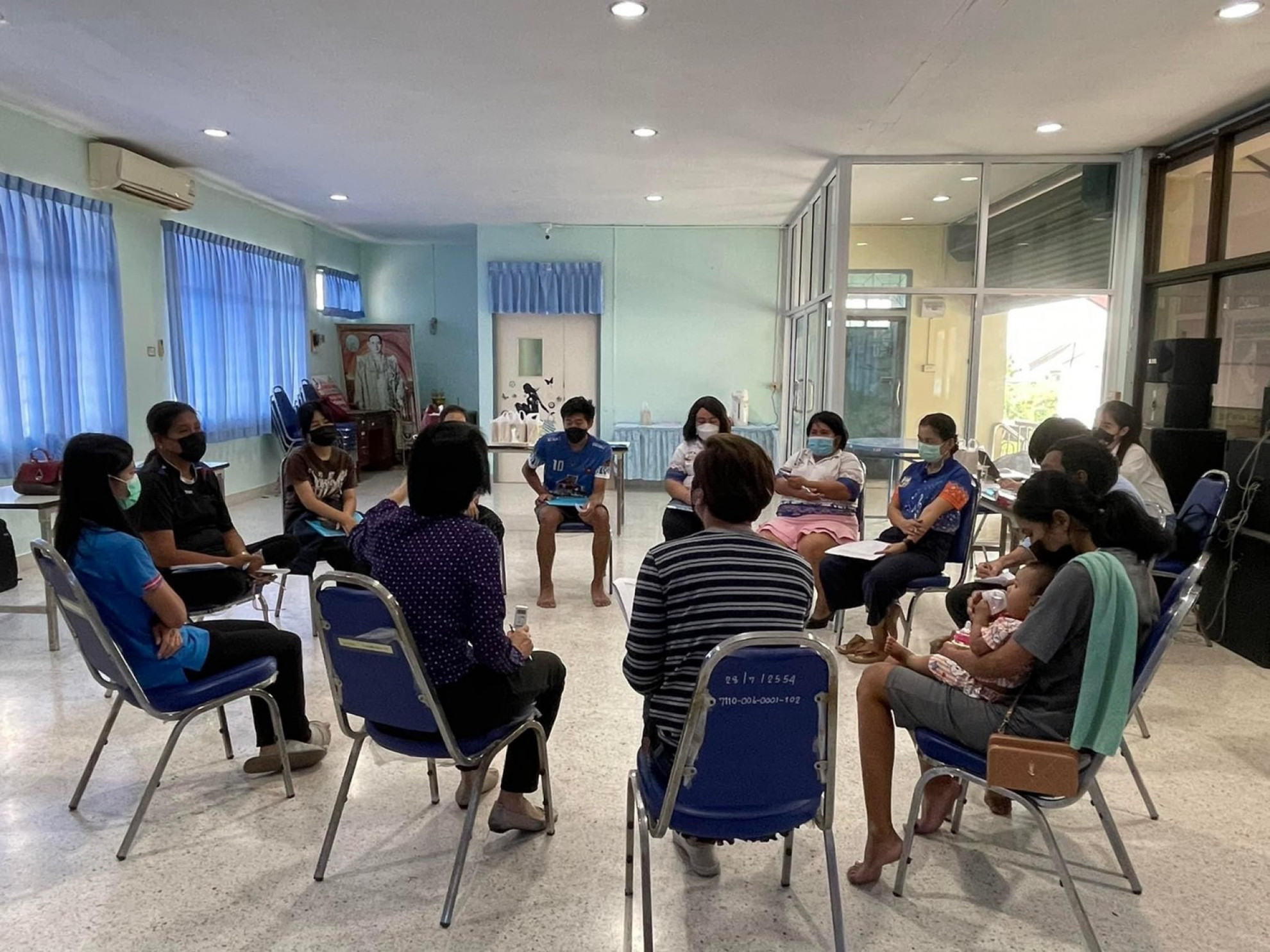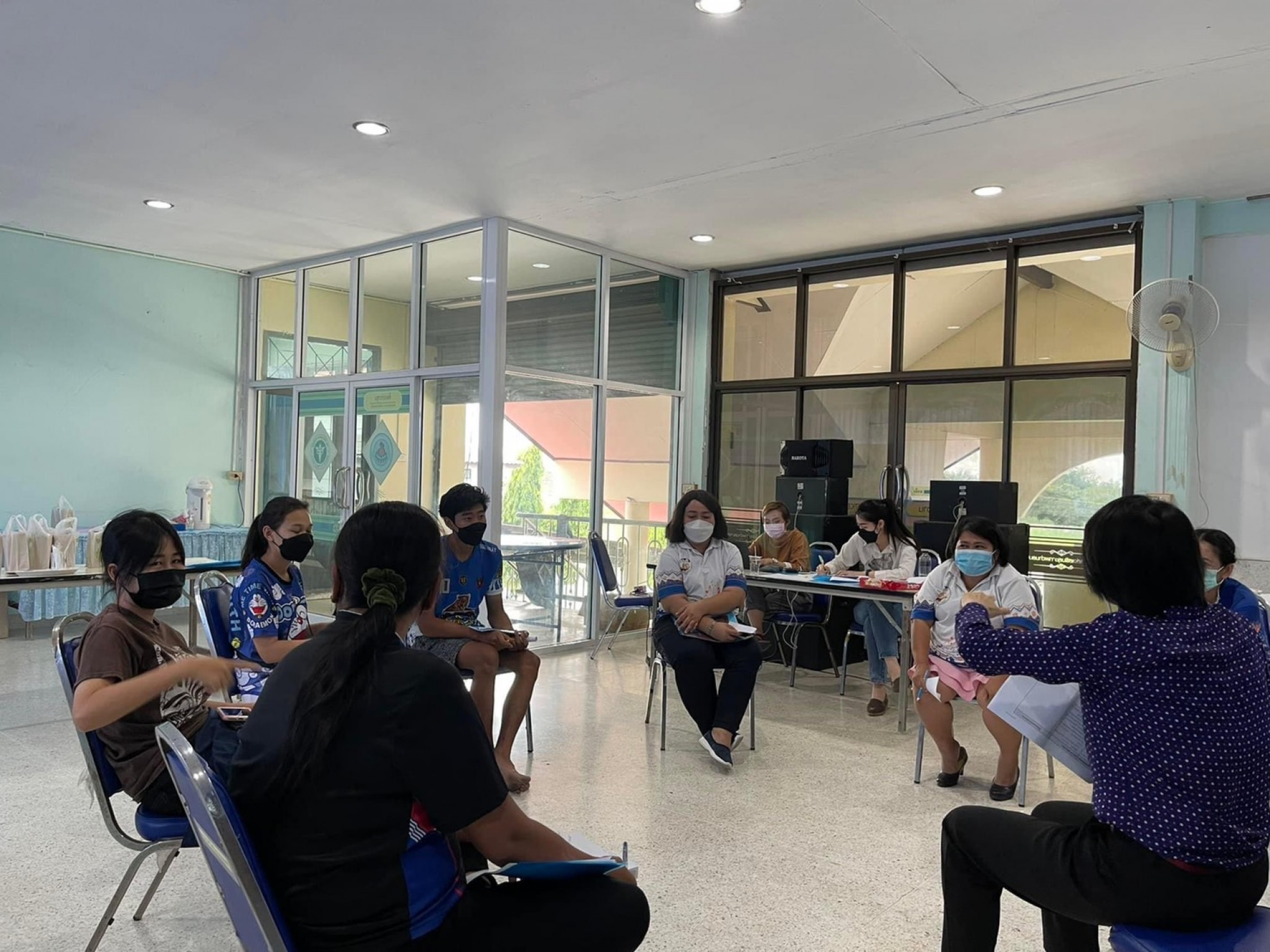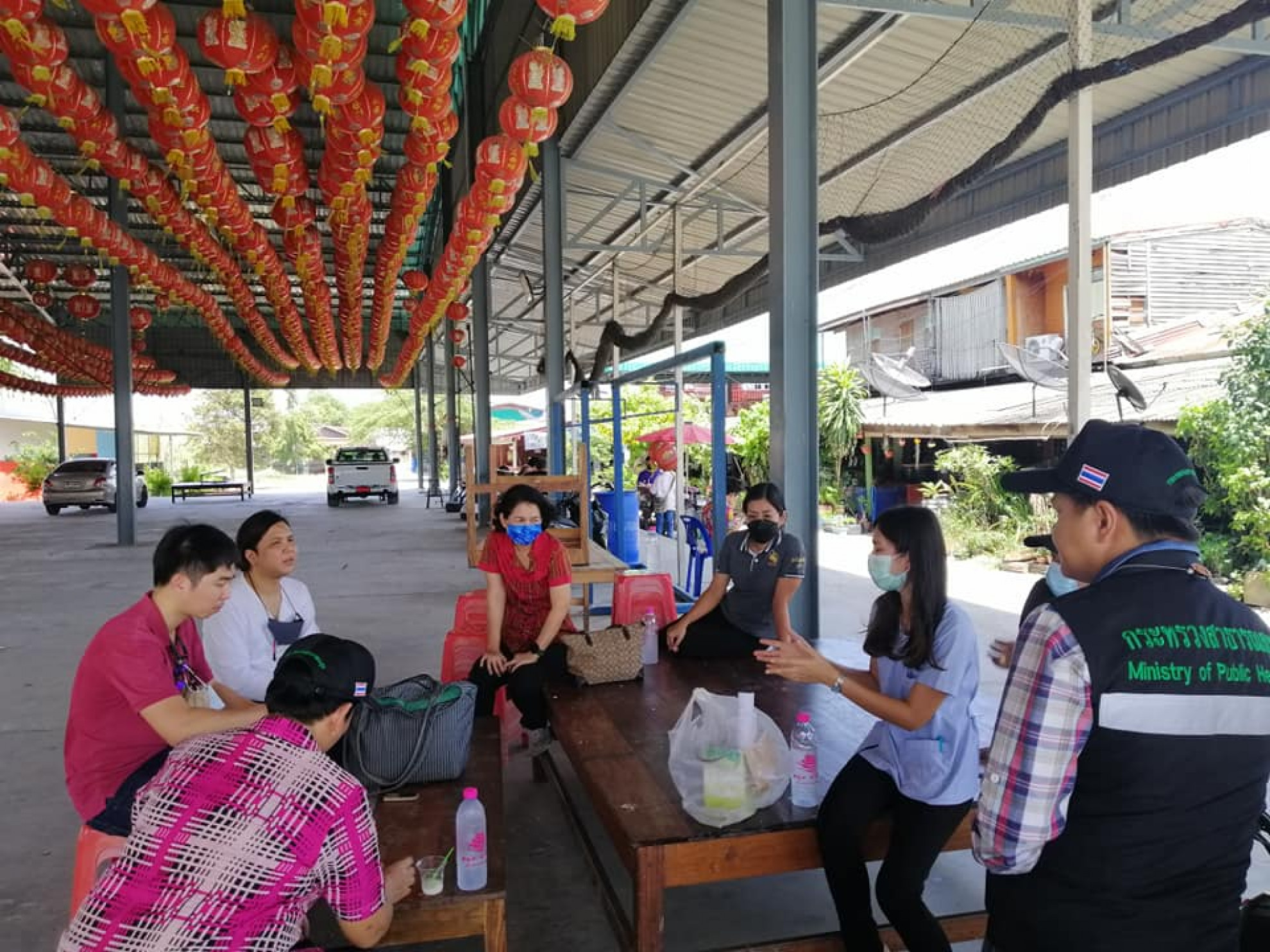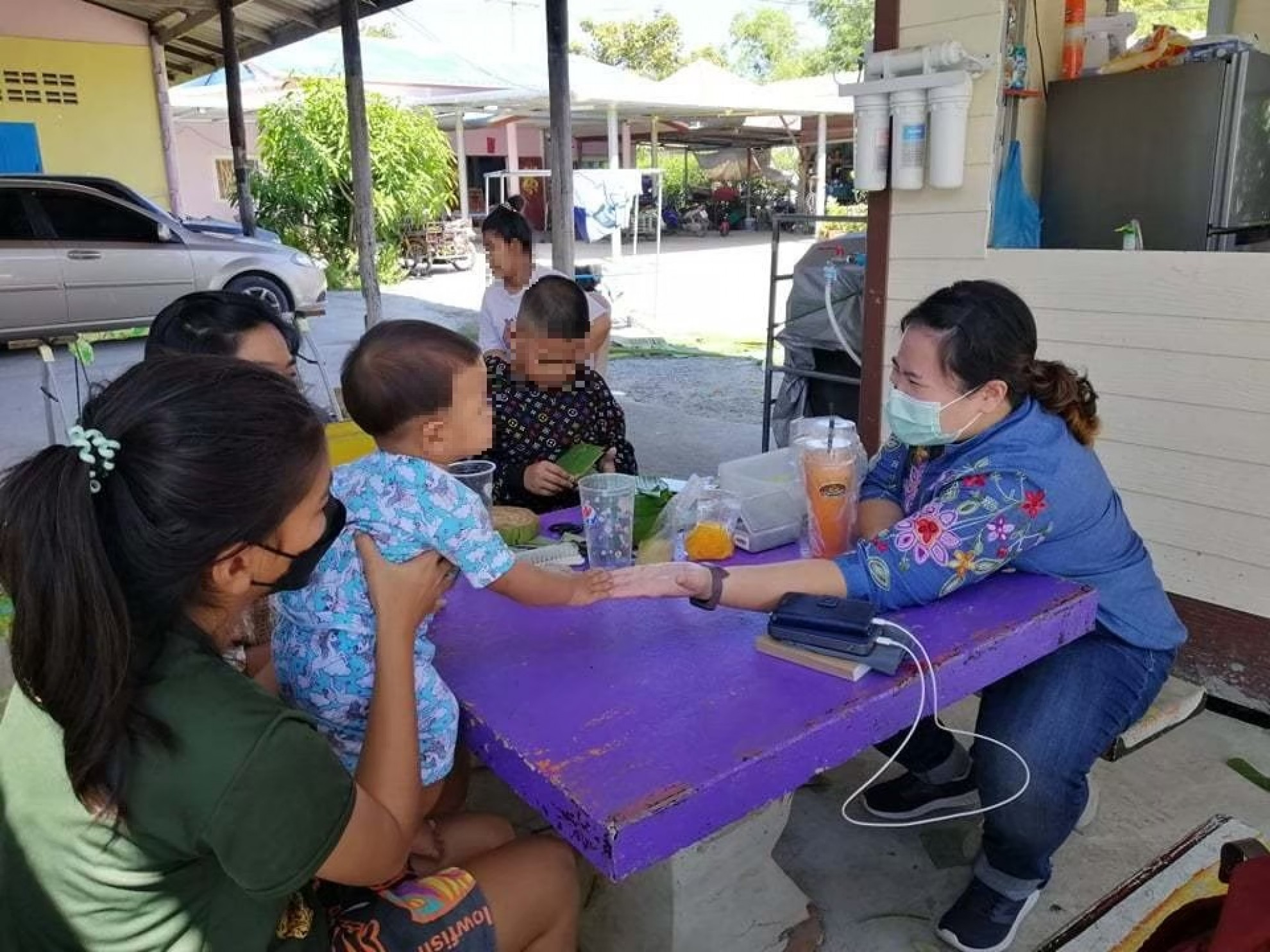





| Target | Indicator | Result |
|---|---|---|

SDG 4
QUALITY EDUCATION
|
||
| 4.6 By 2030, ensure that all youth and a substantial proportion of adults, both men and women, achieve literacy and numeracy | 4.6.1 Proportion of population in a given age group achieving at least a fixed level of proficiency in functional (a) literacy and (b) numeracy skills, by sex | There were 40 people from various groups in the community involved with this project. This included local government officials, community leaders, teachers in community, medical personnel, guardians, partners of teenage mothers, and teenage mothers. |

SDG 5
GENDER EQUALITY
|
||
| 5.1 End all forms of discrimination against all women and girls everywhere | 5.1.1 Whether or not legal frameworks are in place to promote, enforce and monitor equality and non?discrimination on the basis of sex | The community was able to enforce laws to help promote caring for teenage mothers within the community. |

SDG 10
REDUCED INEQUALITIES
|
||
| 10.2 By 2030, empower and promote the social, economic and political inclusion of all, irrespective of age, sex, disability, race, ethnicity, origin, religion or economic or other status | 10.2.1 Proportion of people living below 50 per cent of median income, by sex, age and persons with disabilities | There were 30 teenage mothers in this study, which the Guidance for Community Based Caring for teenage mothers was implemented. |
There are still negative stigmas toward teenage mothers, especially in small communities in Thailand. At times, these prevent teenage mothers from receiving proper help. The team decided to help improve this factor by using self-compassion and community empowerment concepts. The project aimed to empower the people in the community and teenage mothers in the community through the increase of self-compassion among participants. The project began by exploring the conditions in the community that may help or hinder the improvement of self-compassion among people in the community. The total number of people involved in this project was 40 people from various groups in the community (Local government officials, community leaders, teachers in community, medical personnel, guardians, partners of teenage mothers, and teenage mothers). These activities enabled the community to enforce certain laws to help promote gender equality for teenage mothers.
The project is a community-based project with 40 people involved to help and support teenage mothers in the community. Therefore, the impact is mainly on the local level or in a small community. However, with more support, this project may be generalized to a larger community.
